Steep slopes present a challenge in the garden, both in the initial planning stages and in relation to ongoing maintenance. Ground covers offer an excellent solution. These plants grow densely and often quickly, covering the ground to shade out weeds and stabilize banks, preventing erosion. Though the term “ground cover” might not inspire much creativity, many beautiful ground cover plants for slopes exist, with unique textures and striking flowers.
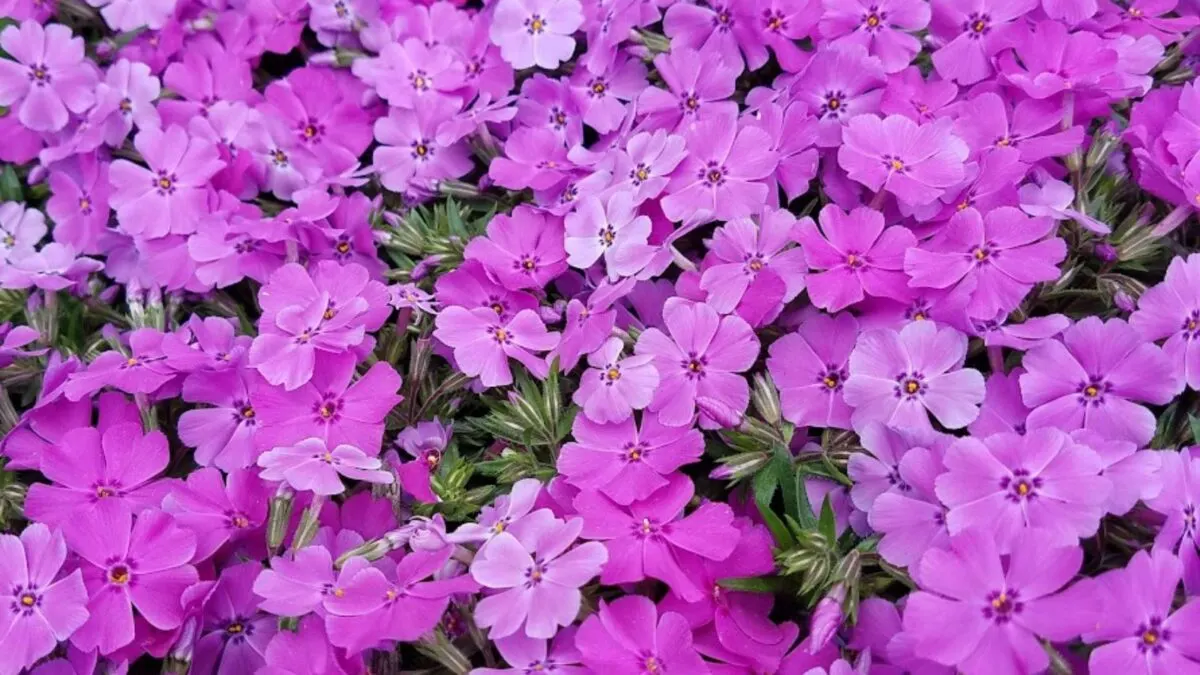
1. Blue Star juniper (Juniperus squamata ‘Blue Star’)
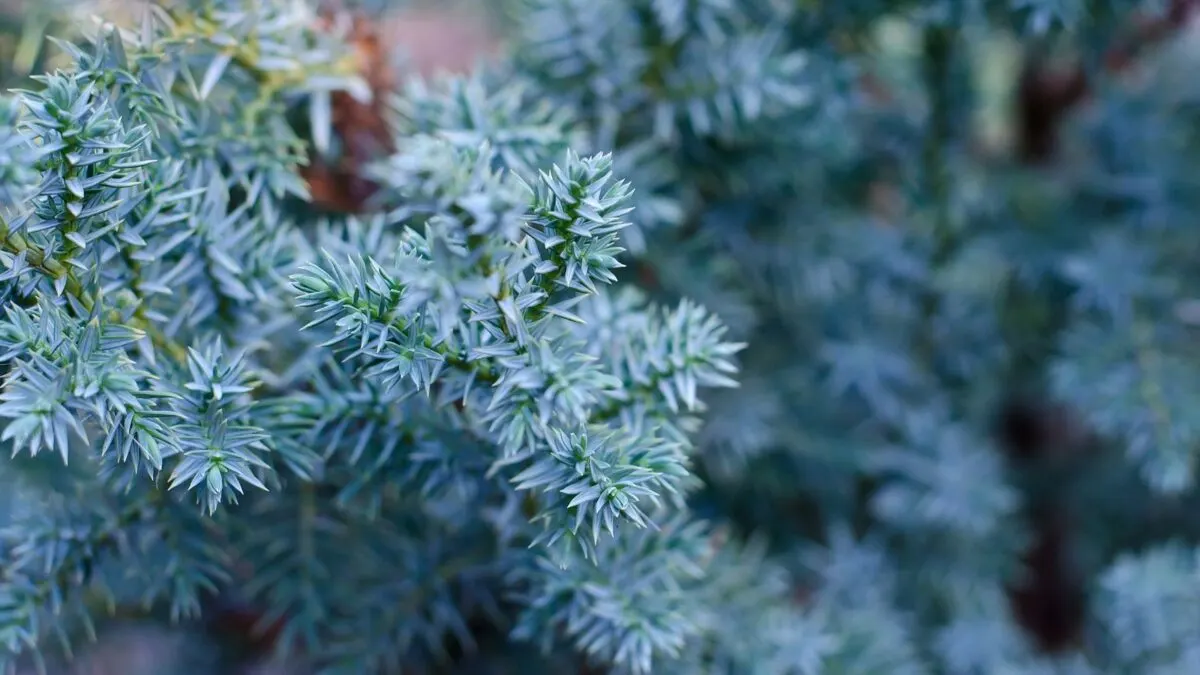
A dwarf conifer, Blue Star juniper is an evergreen shrub with blue-green foliage and bluish, berrylike seed cones. Though it grows slowly, it forms a dense, compact mound up to three feet high and four feet wide and requires no pruning.
This drought-tolerant shrub thrives in full sun and tolerates a wide range of soils, though it prefers moist, well-drained soil. It grows best in USDA hardiness zones 4-8.
2. Blue catmint (Nepeta x faassenii)
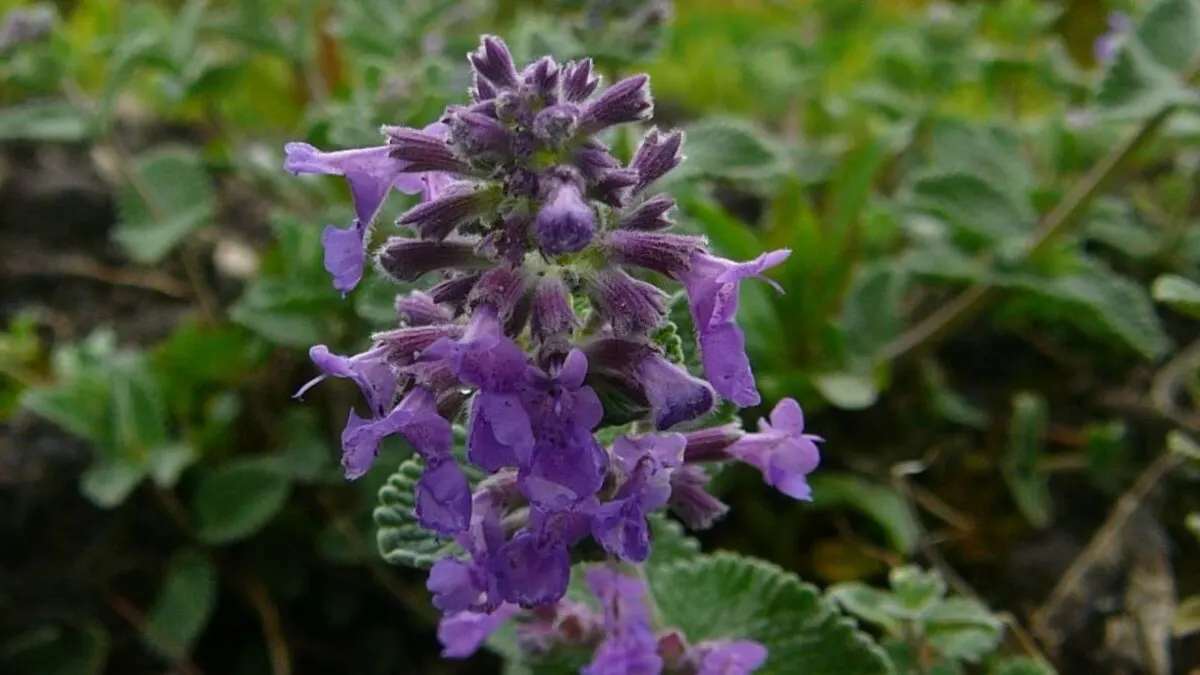
An herbaceous perennial in the mint family, blue catmint grows quickly, forming a clump 18 to 24 inches high and up to three feet wide. Spikes of lavender flowers bloom above gray-green leaves from spring into summer. The fragrance of the foliage and flowers attracts cats but deters deer.
Blue catmint tolerates most well-drained soils and full sun to part shade. It thrives in zones 5-9.
3. Cinnamon fern (Osmunda cinnamomeum)
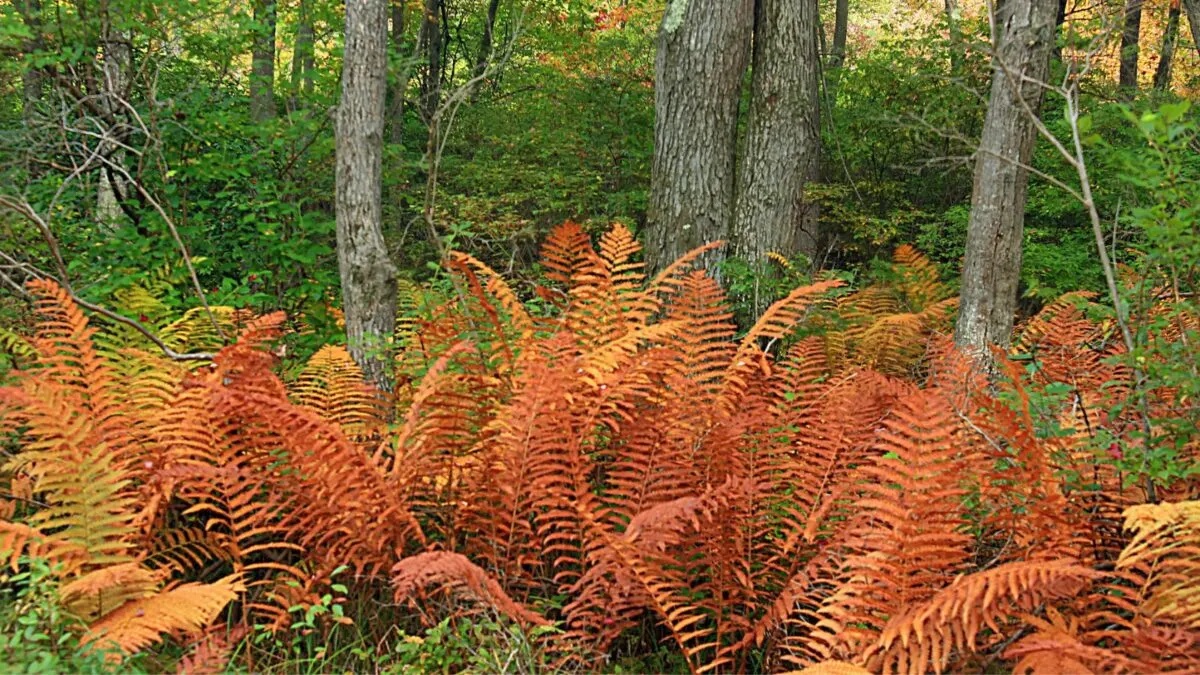
Cinnamon fern is native to the US and typically forms clumps two to three feet high, though it can reach six feet tall under ideal conditions. The fertile, spore-bearing fronds appear first in spring, quickly turning brown as the sterile fronds grow up around them, remaining light green through summer and fading to yellow in fall.
This moisture-loving fern requires medium to wet soils in part to full shade. It thrives in zones 4-9.
4. Christmas fern (Polystichum acrostichoides)
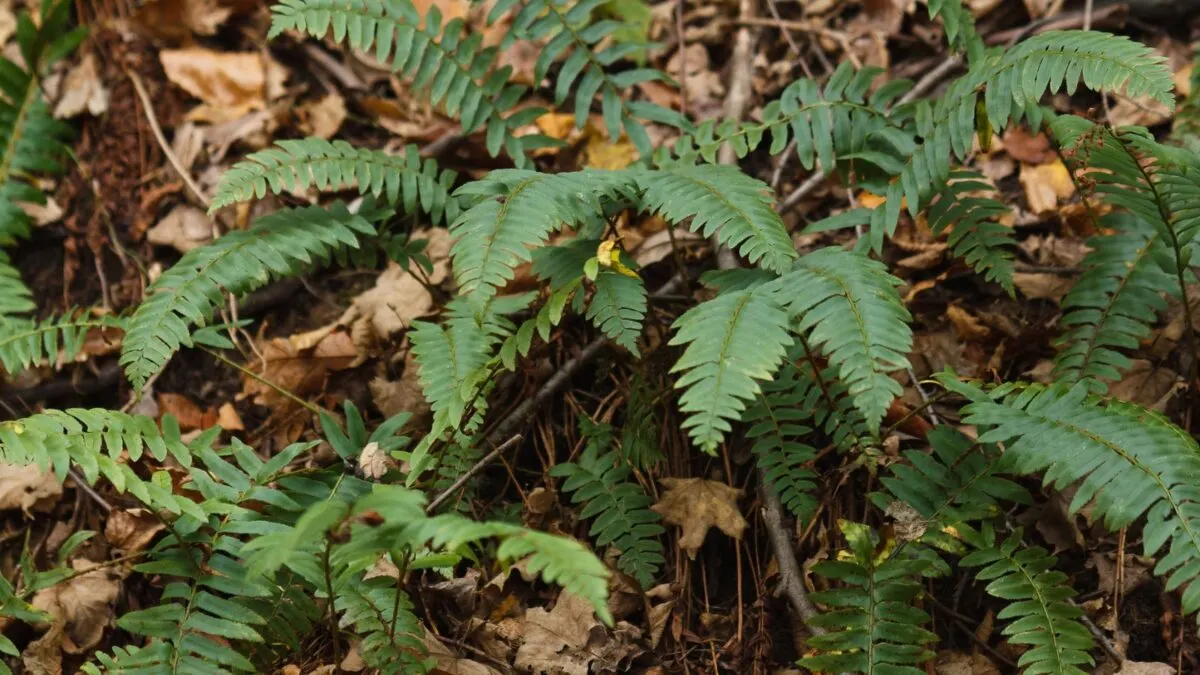
Another North American native fern, Christmas fern has a fountainlike form two to three feet tall. Though it will not spread or naturalize, mass plantings of this fern make excellent ground cover. The evergreen fronds provide winter interest and cover for sonbirds.
Christmas fern grows best in dry to moist, well-drained soils rich in organic matter. As with most ferns, it prefers part to full shade. It is hardy in zones 3-9.
5. Comfrey (Symphytum grandiflorum)
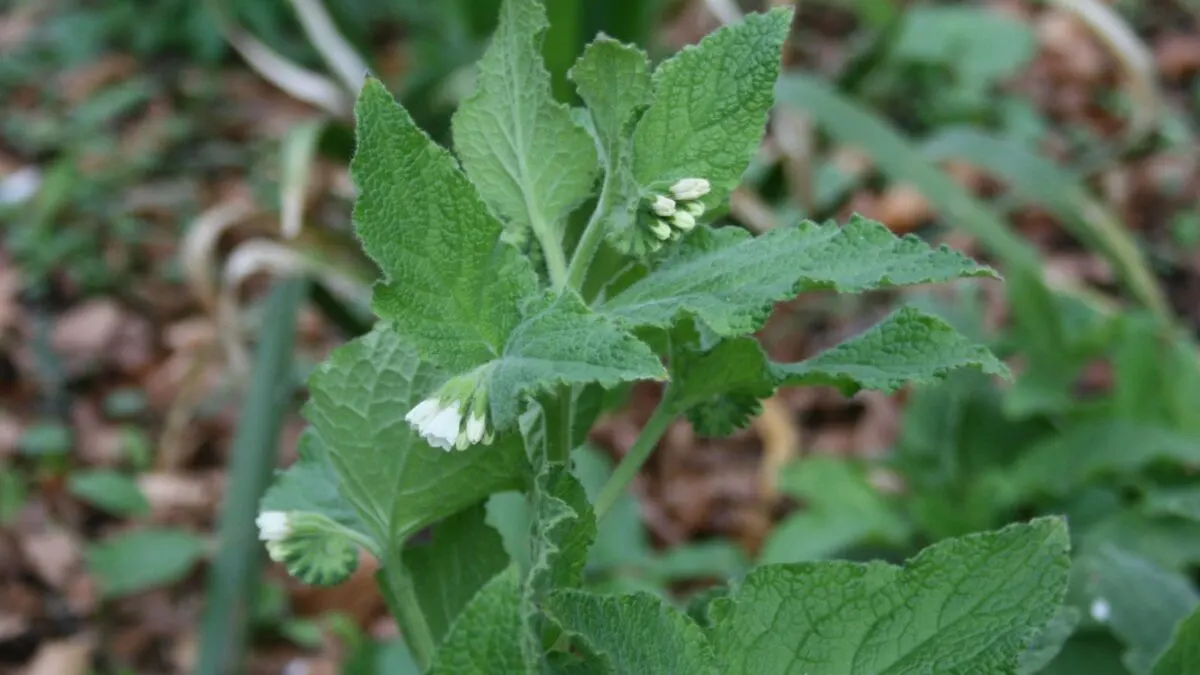
Comfrey has many wonderful benefits. This herbaceous perennial has dense foliage and creeping rhizomes, making it an excellent groundcover. In spring, it produces attractive white spring flowers. It also gathers and stores nutrients in a bioavailable form, and its leaves can be cut multiple times in a season to be added to compost.
Plant comfrey in full sun to partial shade and well-drained soil. It grows best in zones 5-8.
6. Creeping thyme (Thymus serpyllum)
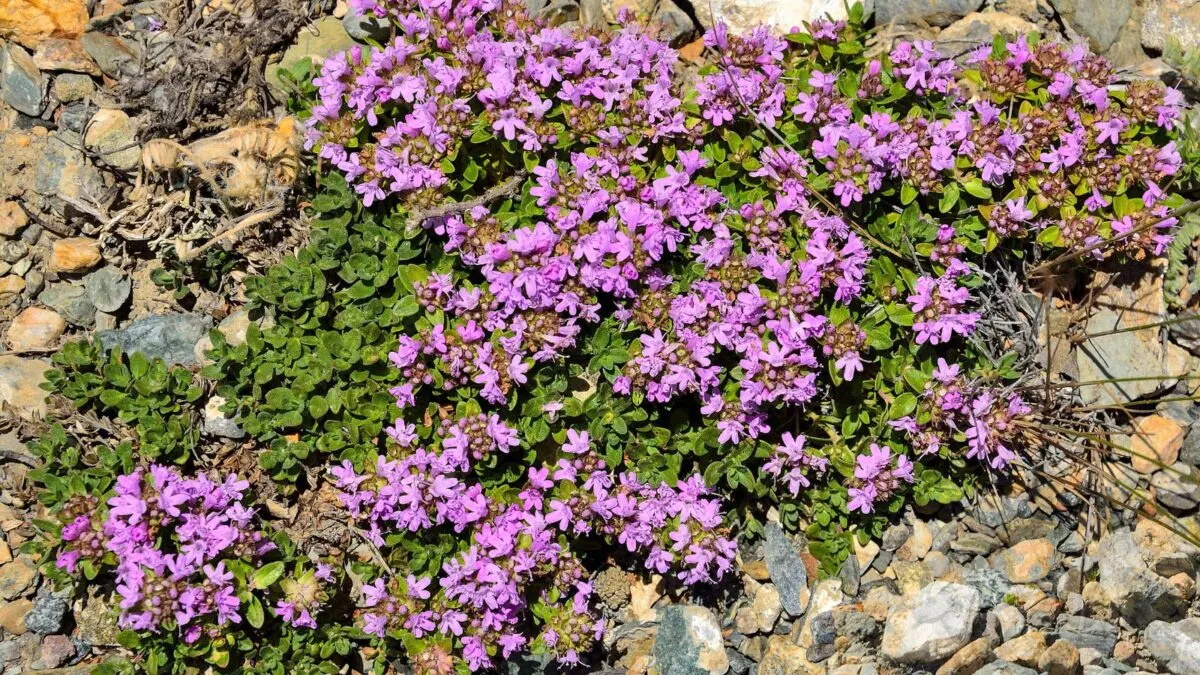
Creping thyme is a popular low-growing ground cover. Evergreen in mild winters, this fragrant plant creeps along the ground and fills in crevices among rocks and stepping stones. Tiny pink to purple flowers bloom throughout summer, attracting butterflies and other pollinators.
Creeping thyme prefers average to dry soil and full sun. It is hardy in zones 4-9 and tolerates drought and sandy or rocky soil.
7. Slender deutzia (Deutzia gracilis)
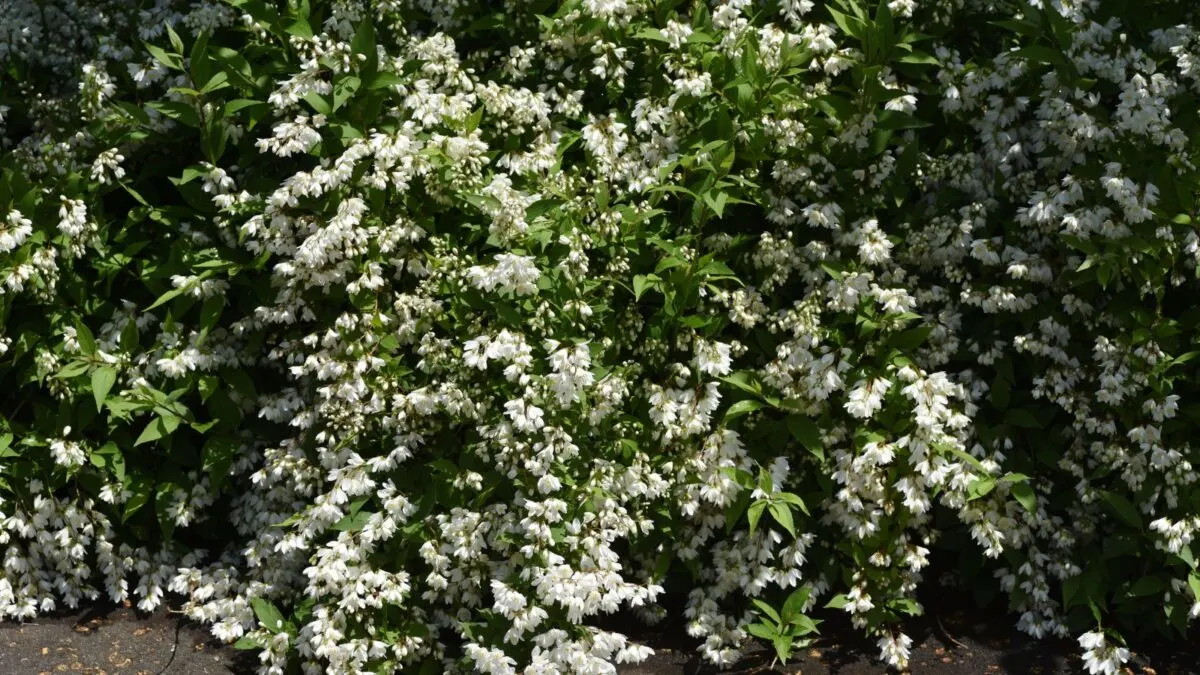
A deciduous shrub, slender deutzia grows two to five feet tall with a rounded habit and slender, spreading, arching stems. This member of the hydrangea family has dark green leaves and produces masses of fragrant white flowers in spring.
Best grown in full sun, slender deutzia tolerates partial shade and may even appreciate it in especially hot summers. It prefers moist, well-drained soils and thrives in zones 5-8.
8. Lamb’s ears (Stachys byzantina)

Well loved for its velvety, silver-green leaves, lamb’s ears is a perennial ground cover in the mint family. It spreads readily by rooting at the nodes of stems and may become aggressive in ideal conditions. Tiny, purple to pink flowers bloom in summer but may be removed to improve the appearance of the foliage.
Lamb’s ears thrives in zones 4-9 in full sun to part shade. It requires excellent drainage, as too much moisture invites disease.
9. Creeping phlox (Phlox subulata)
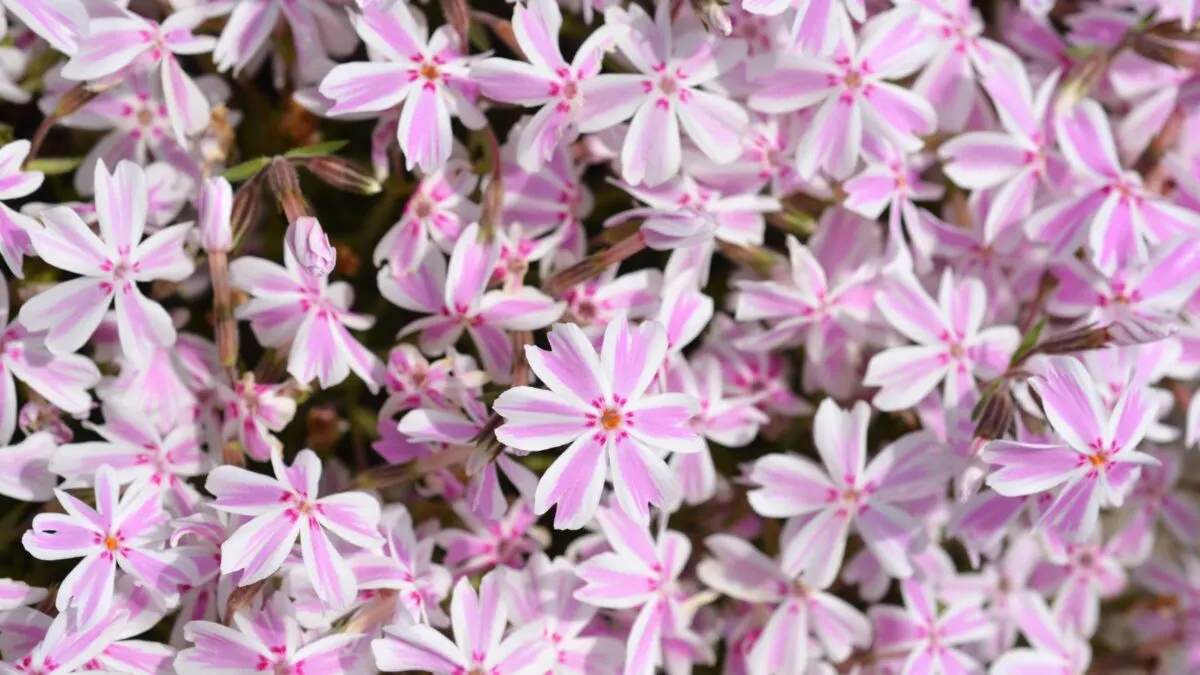
Also called moss phlox, creeping phlox is a beautiful flowering perennial ground cover. It forms dense mats of needlelike foliage. Its carpet of white, pink, or purple flowers blooms heavily in spring and continues sparsely until frost.
Plant creeping phlox in moist, well-drained soil in full sun, providing dappled afternoon shade where summers get exceptionally hot and humid. It thrives in zones 3-9.
10. Plantain-leaf pussytoes (Antennaria plantaginifolia)
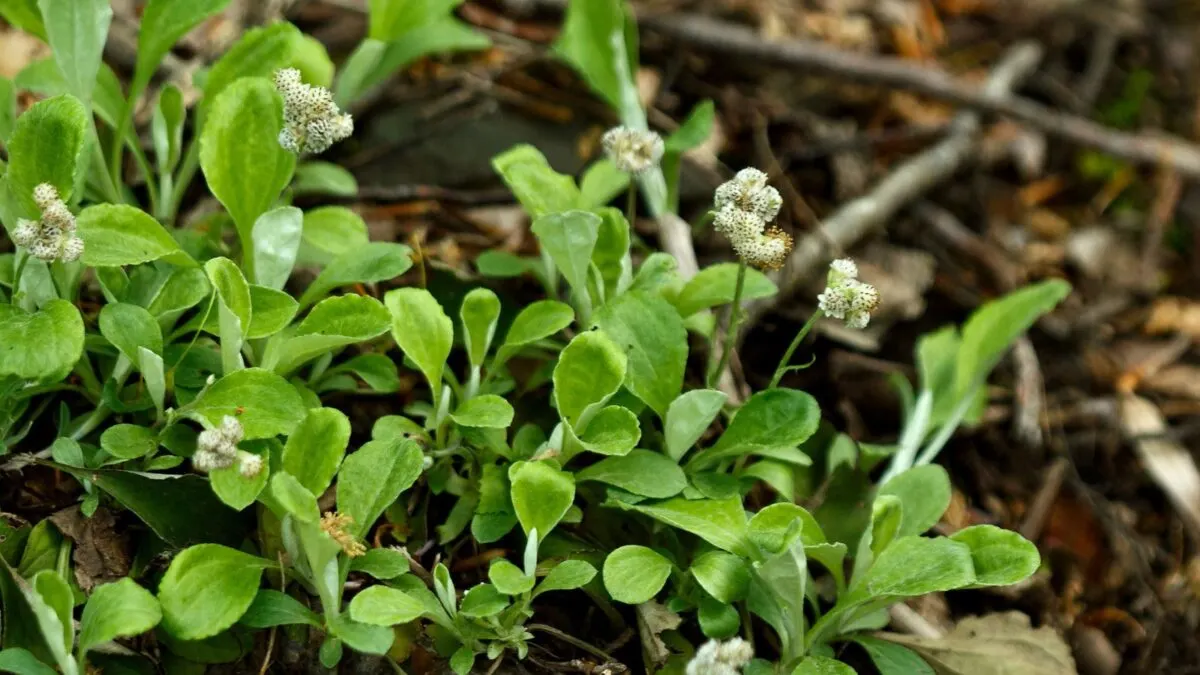
Named for its low rosettes of plantain-like leaves and clusters of fuzzy white spring flowers, plantain-leaf pussytoes grow to just six inches tall. This native herbaceous perennial spreads readily via stolons that root near the mother plant.
It thrives in poor, dry, rocky, or sandy soils and full to part sun and grows best in zones 3-8.
Hillside Landscaping Ideas For Easy to Maintain Slopes
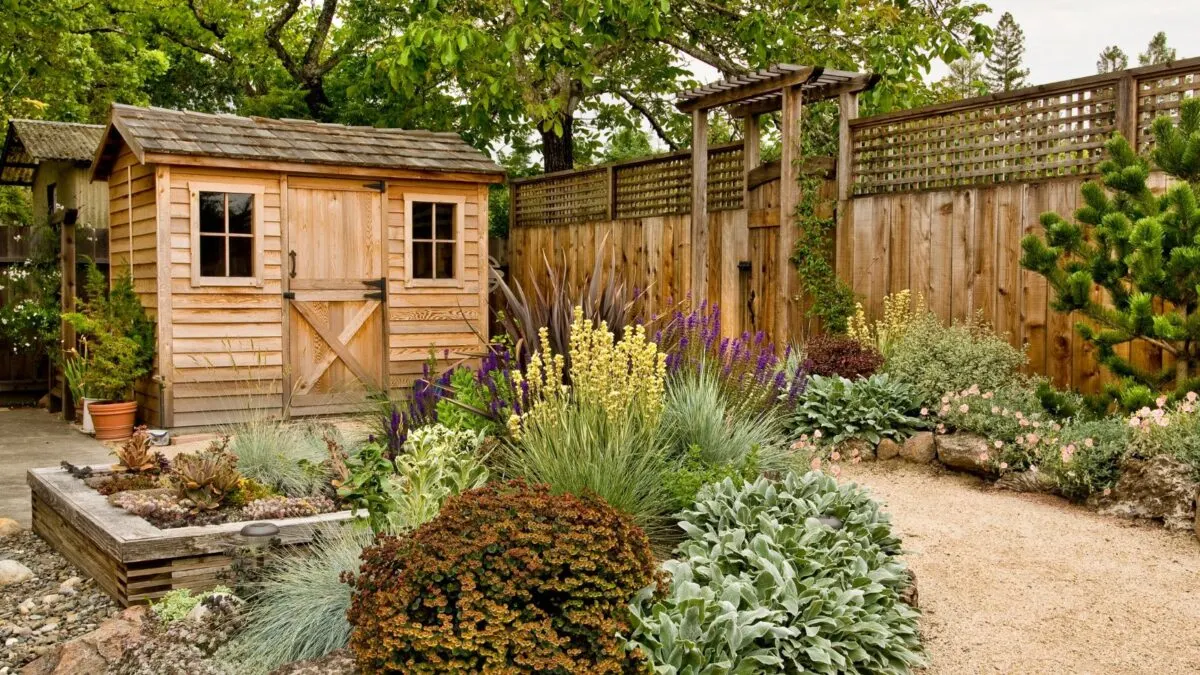
If you have a sloped yard, it may seem daunting to develop – and implement – hillside landscaping ideas. But no worries: here are several ideas for landscaping slopes.
27 Ground Cover Plants For Clay Soil
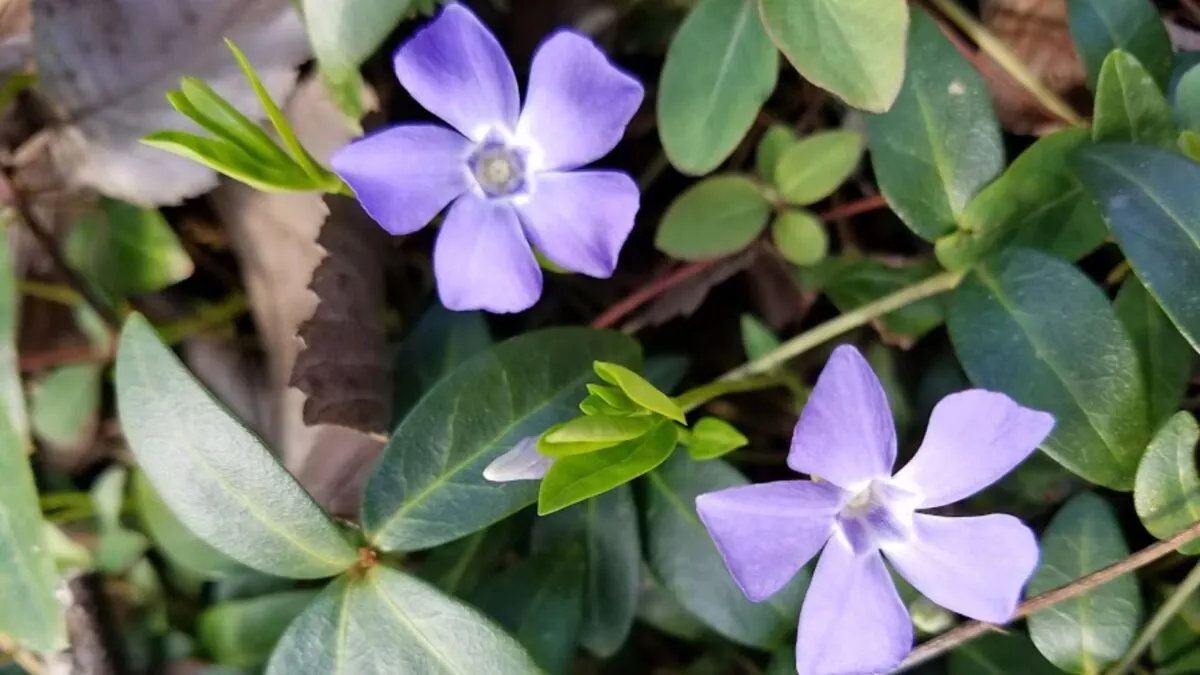
Clay soil isn’t friendly to many plants, but some will grow and sometimes even thrive in clayey ground. Transform your clay-filled yard into a vibrant and beautiful space by adding some ground covers for clay soil.
